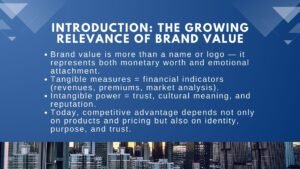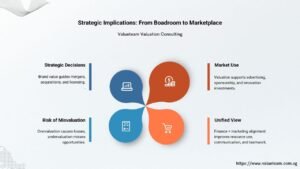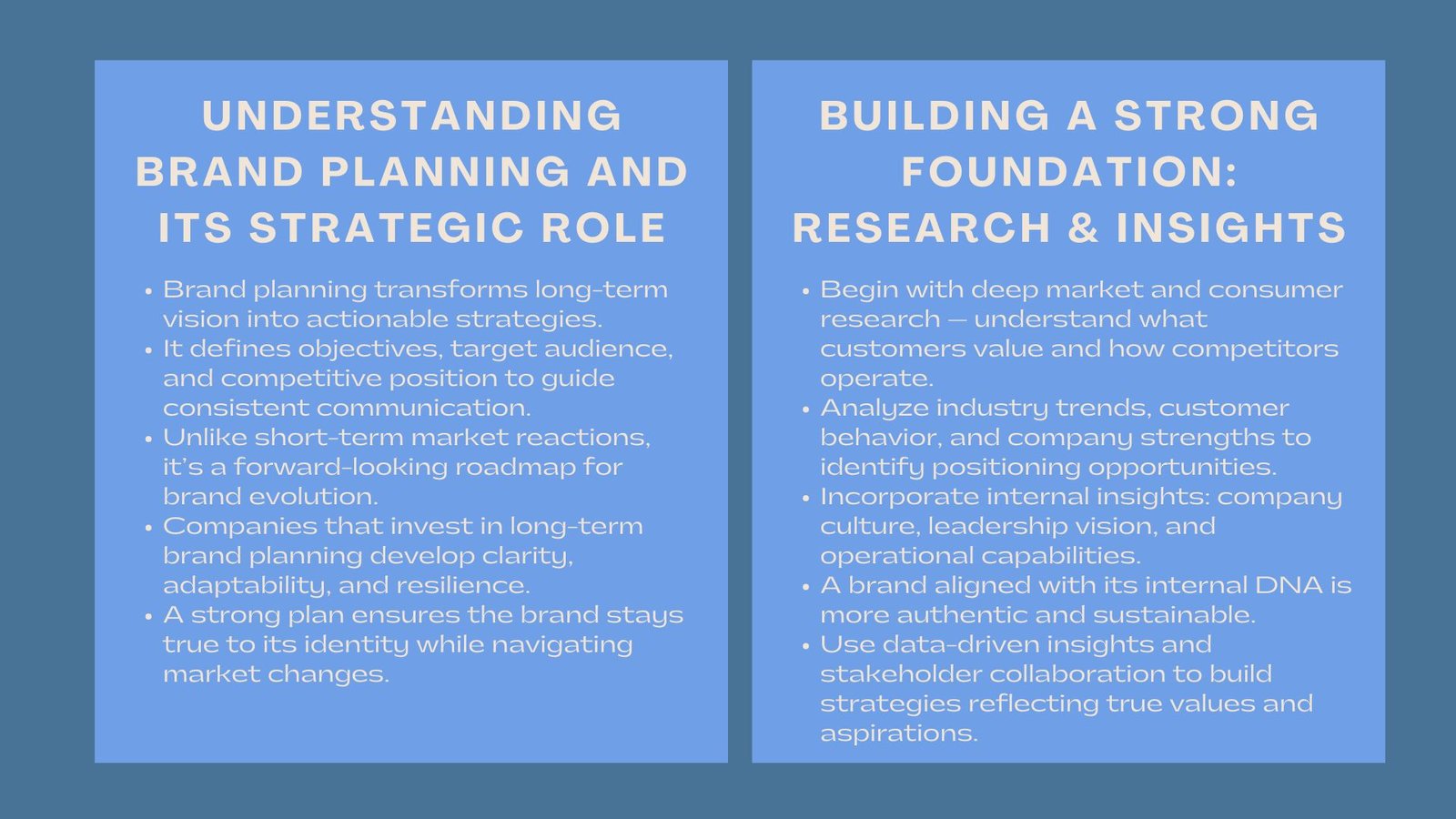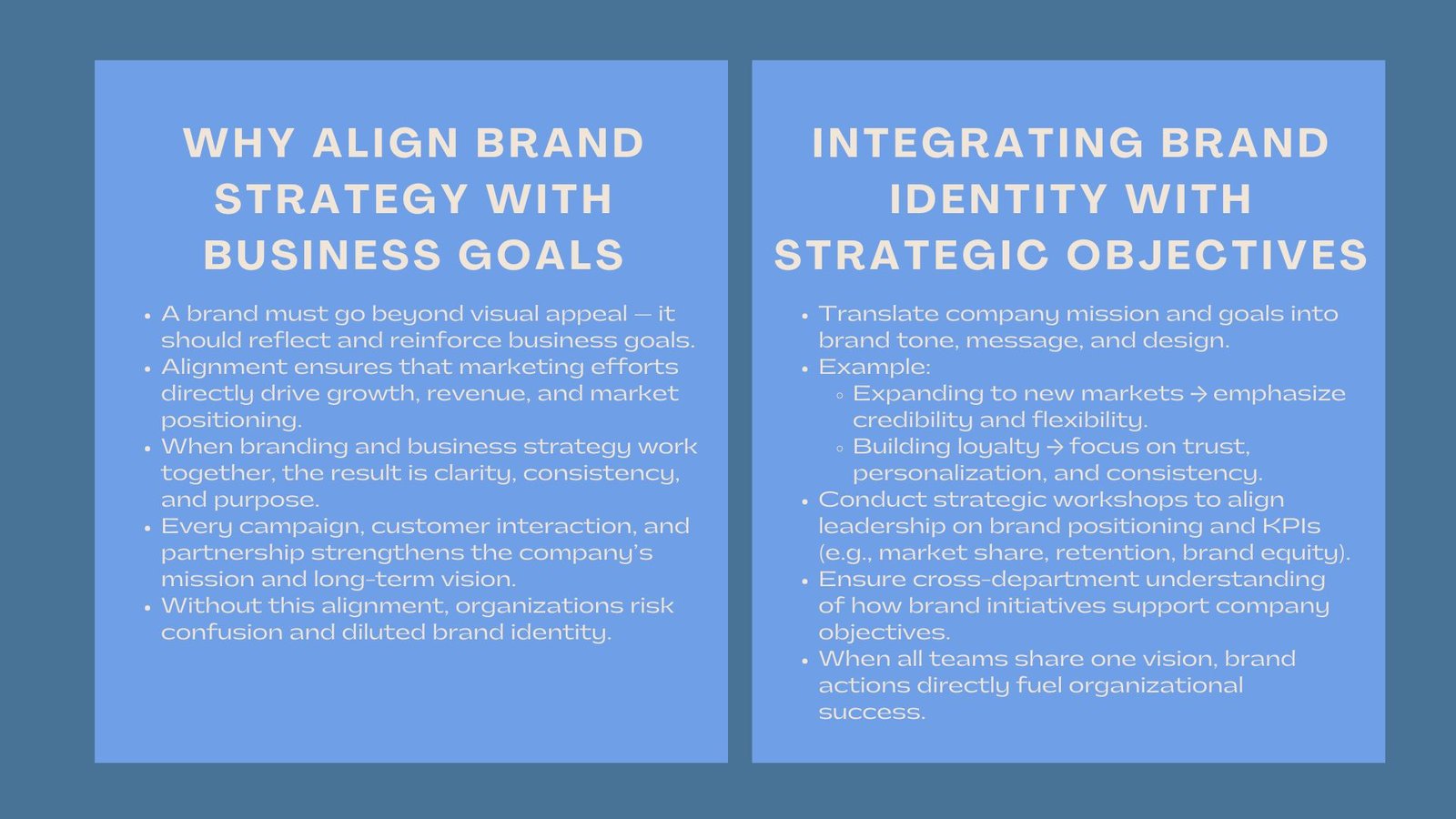
Awesome Financial vs Marketing Worlds: Bridging Brand Equity and Valuation Theory
Awesome Financial vs Marketing Worlds: Bridging Brand Equity and Valuation Theory
Introduction: The Dual Lens of Brand Value
Brands have a special place in contemporary business. They can be used as a trade instrument as well as a financial resource, for they are included in balance sheets in addition to influencing the actions of consumers. Financial professionals perceive brands in terms of valuation whereby the emphasis is on assessment of return on investment and projected returns. Marketers, however, know brands as signs of reliability, point of distinction and consumer allegiance.
The combination of the two views is not always simple and controversy exists about how one should define brand equity, measure it and ultimately value it. To bridge these worlds, it is important to balance the numbers with the stories so that what was intangible about a brand is not lost as the intangible is matched by the tangible financial impact.
The Financial vs Marketing Worlds Perspective: Brands as Economic Assets
Brand valuation is based around the economics of valuation. Brands are regarded as wealth creators that help generate revenue, mitigate risks and secure long-term cash flows. Financial analysts can use income-based metrics like discounted cash flow calculations in an effort to determine how a brand will drive profit growth in the future. These models are more focused on predictability in that there must be quantifiable results that the brand produces substantial sales and profitable margins that are sustained.
This would occur when this view fits into the expectation of investors and corporate reporting. It relates directly to shareholders wealth, merger and acquisition, and even licensing. According to this concept, the brand can be not an abstract notion but the thing that influences the financial results. In spite of this methodological rigor and comparability, it has a tendency to miss other aspects of brands that marketers claim are also important: the emotional and symbolic aspects of brands.
The Financial vs Marketing Worlds Perspective: Brands as Meaning and Relationships
Marketing professionals pay less attention to the importance of financial statements for marketing decision making and pay more attention to the behavior of consumers. They do not see brands simply as economic objects but are also cultural formations in their eyes. A brand also ensures confidence, and creates emotional appeal beyond the purchased product. Brand awareness, loyalty, transient quality and associations are some of the concepts that flower into brand equity in the marketing sector.
The strength of a brand within the market is captured using brand tracking studies, surveys of consumers and perceptual mapping. These developments illustrate the non-material payoff of branding, the kinds of trust that makes consumers price-insensitive, the power of associations that gives license to higher prices, and the degree to which the brand can be infused with emotion to create long-term commitment. In contrast to the financial view, which stresses on measurable outputs, marketing views gazes at drivers of demand that are not always acute in financial indexes, but which are essential to long-term value creation.
Bridging the Divide: Toward Integrated Valuation Approaches
The issue is bridging the gap between the two points of view to form a coherent picture of brand value. Financial analysts require accuracy of quantifiable cash inflows, whereas a marketer would like the intangibles of consumer perceptions to be realized. Increasingly, integrated valuation models are trying to combine the two. Some of the frameworks that have prescribed the valuation of a brand include ISO 10668, which considers legal, behavioral and financial aspects.
Hybrid approaches are a good way to tie together quantitative measurement with qualitative data to provide a more complete vision of brand value. As such, an example of a financial and a marketing model may substantiate premium pricing capabilities based on consumer loyalty and the market penetration and growth rate assumptions respectively. This harmonization will result in a valuation based on dollars and cents as well as the more fraught environment in which marketers operate.

Strategic Implications: From Boardroom to Marketplace
Marketing and bridging finance in brand valuation companies Singapore is not an academic exercise. It has actual implications on corporate strategy. The value assigned to a brand determines whether it should be merged with another brand or acquired or even licensed in different boardrooms. An overvaluation may result in financial losses and an underestimation may also result in lost opportunities of monetising brand assets. Back in the market, brand valuation facts are used by marketers as a way to substantiate their investments in advertising, sponsorships and product innovation.
When the marketing and finance viewpoints converge, companies are then able to allocate resources more effectively, and communicate value to their stakeholders more effectively as well as sustain a competitive edge. Harmony in the concept of brand value breeds teamwork within departments that in many organisations work compartmentalised. It makes sure that financial plans incorporate the reality in the consumers end, whereas the marketing plans are based on financial responsibility.
Conclusion: Toward a Unified Language of Brand Value
The conflicts between marketing and financial thinking about brand equity are part of an even larger problem of trying to measure the value of intangibles in the context of a physical environment. Financial models add solidity and comparability but there is a danger of over-simplification in terms of the emotional potency of brands. Marketing opinions capture the consumer mood but normally fail to translate into financial terms There is a way forward, which involves bridging the gap between approaches with creation of a common language of brand value, which is acceptable to the investors and consumers.
As the brands increasingly define global markets, it will only get more important to measure and communicate their value. Combining financial precision with marketing acumen, companies can take the steps to make sure that their brands are not just adored in the campaigns but acknowledged as the key engines of long-term business prosperity.














